Taming the Unicorn
Chapter One – Demonic Origin
The Bible refers to the unicorn in several places. In the original Hebrew (not the Septuagint version of the Old Testament which used the word "monoceros"), the word used for unicorn was "re'em." A re'em was a wild ox. Some scholars believe it was the aurochs, which is now extinct. The Assyrian name for the giant aurochs Bos Primigenius was "rimu." It was known for its huge size, fast speed, and aggressiveness. Babylonian artwork depicted it as the bull of spring.
The unicorn is portrayed in western culture as a beautiful, graceful animal, similar to a horse, with a long horn growing from its forehead. The legend of the unicorn says that only a virgin could tame it. Is it a symbol of purity? Not according to Babylonian myths. Aside from the information that can be gleaned from studies of Babylonian religion, the Bible gives us a clue as to the occult fascination with this beast in Isaiah 14:9. This is the verse the Lord used to reveal the unicorn's identity to me before I discovered information outside of the Bible about what the unicorn symbolizes.
My mind was in the right gear when I began to reflect on Isaiah 14:9 in 1999. When reading this verse, bear in mind that prophecy reverberates throughout the ages and is sometimes fulfilled in more than one way. When we read prophecy, we can see it from several perspectives. From the prophet's view, it signifies future events. From our place in Time, we see many of the events have already occurred just as the prophet said they would. But some prophecies, though they have already been manifested in the history of Israel, are applicable to spiritual Israel, which is the Church, and to the world at large.
There are prophecies that, though they had to yet be fulfilled at the time the prophet spoke them, also had elements of history in them. An example of this is the denunciation of Tyre, which, as a Hell–mouth upon the Earth to promote greed through consumerism, had satan's character stamped on it. God used it as a metaphor for Lucifer.
In Isaiah 14, Babylon is the seat of satanic power that God targeted for judgement. He revealed some of Lucifer's history in the process of His denunciation. Although it foretells his future defeat, I believe it also recounts his arrival in Hell after he was cast out of Heaven. In any case, it was this application that led me to identify what the Bible is referring to when it uses the unicorn as a metaphor.
Verse 9 says "Hell from beneath is moved for you to meet you at your coming: it stirs up the dead for you, even all the chief ones of the Earth, it has raised up from their thrones all the kings of the nations."
Who are these dead who were in Hell when Lucifer was cast down? Who were these kings? I deduced that they were of the race (or races) of beings that lived on the Earth when Lucifer was its custodian and their mentor in the ways of God. God commanded Adam and Eve to repopulate the Earth. If it needed to be replenished, then it stands to reason that it had been diminished. The former races had followed Lucifer into rebellion and were destroyed with the Earth in the battle that ended with Lucifer being slam–dunked into Hell.
The disembodied spirits of these races now roam the Earth seeking people who will succumb to their temptations and allow them to co–exist within their bodies, thereby giving them a living vehicle through which to work their evils and receive gratification. They are demons. Satan and his fallen angels govern them. The fallen angels belonged to higher orders of beings, so they are therefore more powerful than demons.
Isaiah 14:18 says "All the kings of the nations lie in glory, every one in his own house." What does it mean that they lie in glory? It means they are surrounded with the treasures of their civilization. Their artifacts are employed by demons to hook people into slavery to them. I read of a shaman who blew on a bone, thereby causing a needle to appear in its place. An old woman took the needle and used it to sew a deerskin garment. Anyone who wore garments sewn with that needle was likely "sewn up" into bondage to the spirit that supplied it. The natives were impressed with the sorcerer's power and their allegiance to witchcraft was strengthened. Such things actually happen, whether people believe it or not.
As I meditated on Isaiah 14:18, I visualized shabby, rumpled spirits miserably huddled in groups according to their nations in the caverns of Hell, after their defeat in the battle to take over the Universe. They were confused about how it had turned out contrary to Lucifer's grand promises and in suspense about what would happen next. Then I saw that each group was gathered around a pennant of a royal house.
Pennants of royal houses carry heraldic symbols. It seemed reasonable to surmise that the unicorn, since it figures so prominently in occult lore, was an animal that the former races were familiar with in their culture and used to represent one of their nations. If this was so, then I think the unicorn that lived on pre–Adamic Earth before the rebellion was remarkable for gentleness, in spite of its great strength, and for constancy to one mate. Perhaps it was considered a suitable mascot for the royal house that took it for their emblem because their species of angel showcased God's fidelity and purity.
Before the rebellion, the former races must have been beautiful, talented, creative people who filled the Earth with praises to the Most High God. I surmise that each nation had an attribute of righteousness that they were more advanced in than the others according to their design. I.e. industry, intelligence, humility, generosity, etc. In the rebellion, these nations would have begun to excel in sloth, stubbornness (it inhibits intelligence from functioning in the flow of God's Spirit and turns it to destructive purposes), pride, greed, ... whatever was opposite to what had been their chief virtue.
The other nations would have adopted suitable mascots, as well. As griffins, phoenixes, and dragons are favoured as occult symbols, I surmise that they were animals that lived on Pre–Adamic Earth. They might have lived in the early dawn of our own Age, as well, though without supernatural abilities.
There is paleontological proof that certain varieties of dinosaur fit the description of leviathan (a sea dragon) as it is depicted in the book of Job. This includes the creature's ability to breathe out fire. If this seems fanciful, I'd like to point out that there is no end to God's imagination. If we could see the entire panoply of God's creatures that He created, there is much that we would consider bizarre because of our limited experience. Consider the living creatures in Revelation and the ones Ezekiel saw. The bombardier beetle proves that some animals can produce fire by mixing chemicals within chambers in their body, triggered by fear or anger.
The symbols that pop up in the occult are probably echoes from the condemned race, as are legends of fairies, dwarves, and elves. These creatures reverberate in various cultures around the world. The longings of demons pining for lost glory are whispered into human ears to snare their imaginations and hearts. It is the fuel behind the furious sword and sorcery trend that creates a longing for the barbarism of the pre–Adamic race, their longevity, and their powers. The reality Adam's race has been given is made to seem mundane and boring as ingratitude gains a foothold in rebellious hearts.
Fairy tales are generally considered to be suitable to read to children, but there is a dark side to real fairies, which are imps of some sort that appear to humans to trap them into bondage. In the South Sea islands, these tiny creatures help native women with their gardening, causing their plants to flourish, but eventually, they compel their "owners" to commit murder. There is always a terrible price to pay for demonic aids to success. The Bible says it is the blessing of the Lord that makes rich and adds no sorrow to it. Wise people look only to the Lord for help and refuse all offers of aid from satanic powers.
After Lucifer led the Earth into rebellion, it was cursed. Because of what happened to the Earth after Adam's fall, we can surmise what happened in that other age, as well. Nature found the disharmony irritating and did not yield its goodness as readily as before. As wildness spread in the people's hearts, it also invaded their animals. No longer peaceful and welcoming, the unicorn became aloof. The more the taint of rebellion in the people increased, the more it annoyed the unicorn. It became contentious and crafty.
At first, the unicorn might have only pawed its hooves and snorted, shaking its mane in defiance as the rising evil in its masters filtered down to him. I can see it running from the bridle and glowering from a distance in distrust.
As the people devised increasingly ingenious ruses to achieve their lusts, the unicorn developed a certain coyness about it. It flirted, pretending timidity, galloping a short distance and stopping to coax its would–be conquerors near. Overconfident, the prey steps closer while the unicorn "bashfully" ducks its head and blinks compliance. Finally when the prey is close enough that it cannot escape, the unicorn turns in fury and gores the victim, spitefully stamping the presumptuous interloper to jelly beneath its hooves. This is what Lust does when it tires of its conquests.
Yes, the unicorn represents Lust. Once an emblem of Fidelity and Purity, it turned in the opposite direction and became cravenly promiscuous when its masters turned away from God. As the fallen nation that was formerly known for their excellence in purity plunged with delight deeper into sin, they again lifted up the unicorn as a model to emulate. Demons of Lust march under the banner of the Unicorn.
The metamorphosis the unicorn has undergone in the way it is depicted probably reflects people's changing tastes in courtship rituals. The raw appetites shared with the Nimrod, the first king of Babylon, and his whorish Queen gave way to more delicate sensibilities throughout the centuries as Christianity exerted a taming influence upon culture. The idealization of courtly love during the Middle Ages helped complete the remolding of its form in heraldic portrayal. A more delicate, streamlined appearance of this beast needed to be presented to attract and capture the imaginations of people who had more refined tastes. The modern conception of what a unicorn looks like says a lot about the artful way the enemy snares people through sexual lust.
The unicorn brazenly manifests itself in unbridled lust. It is seen in the arrogant, sensuous toss of the head of a smirking woman or a strutting man. Its coyness rises up in seemingly shy women who invite seduction by appearing helpless. It prances in mincing steps and teases with fluttering lashes.
The unicorn's stamping, snorting, rambunctious style gleams through the macho posturing of bone–headed men who consider promiscuity "manly" behaviour. Using people for self–gratification is far from the beautiful, noble purpose God designed us for. Outside of the marriage covenant, the highest satisfaction in sexual activity cannot be realized. Those with immature notions of sexuality have no idea of the exaltation that exists beyond the unicorn's reach.
Click below to read:
Taming the Unicorn, Chapter 2

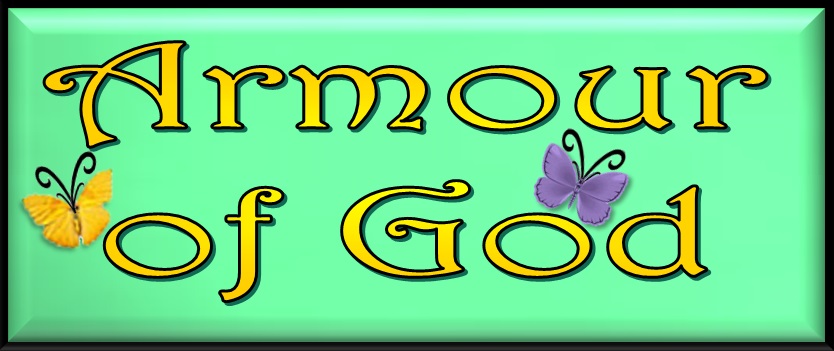

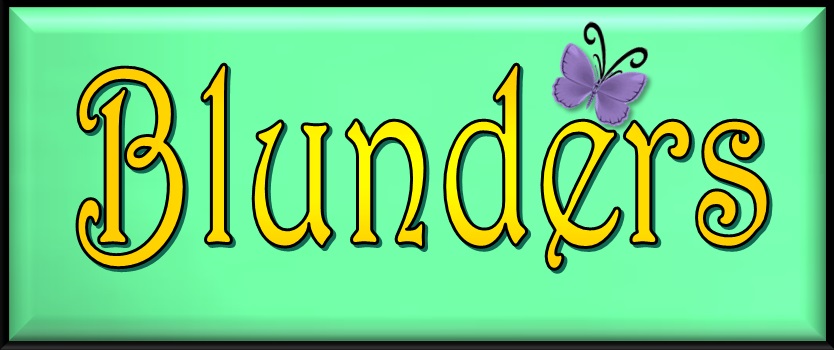










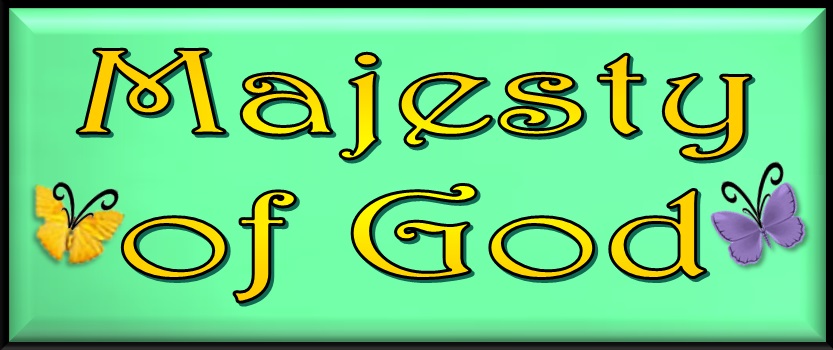







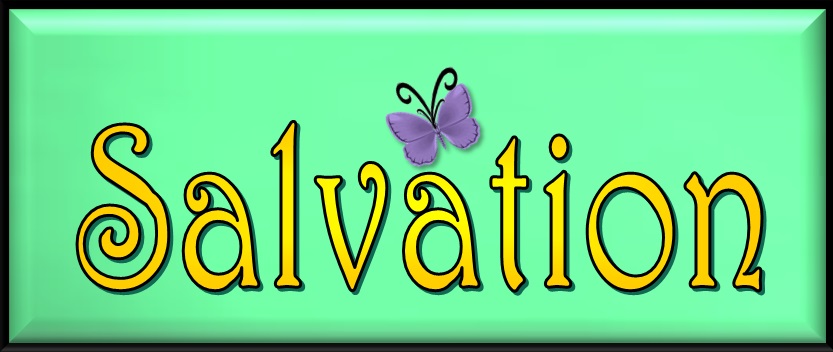
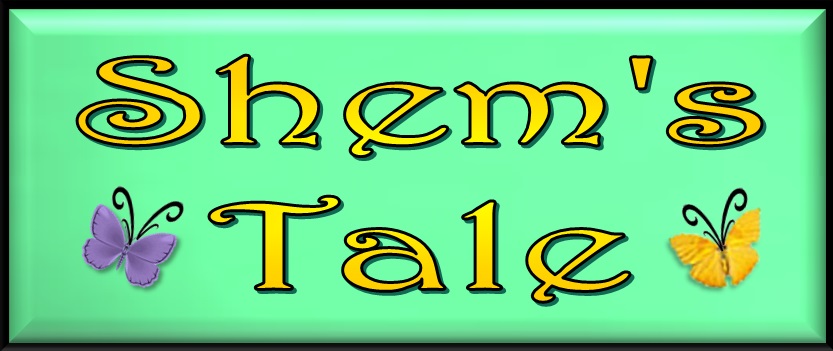
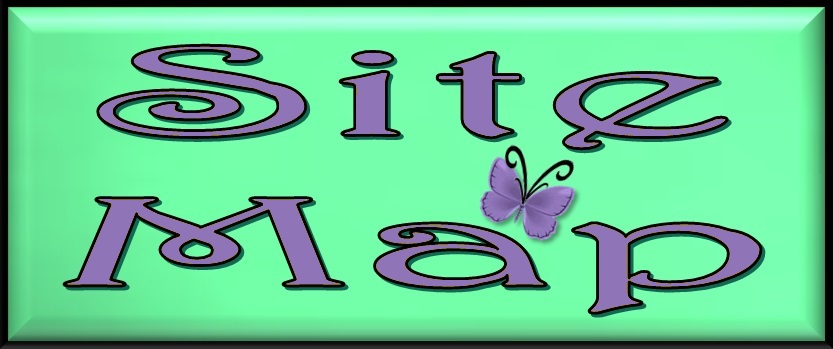



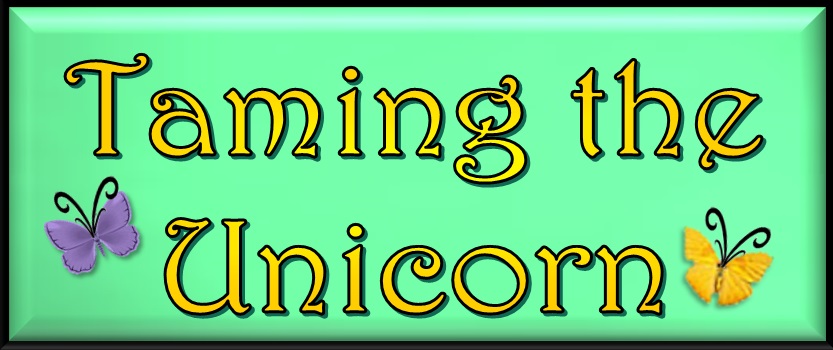

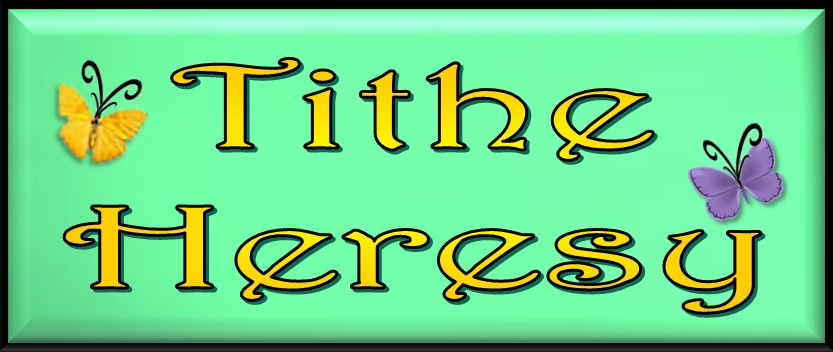
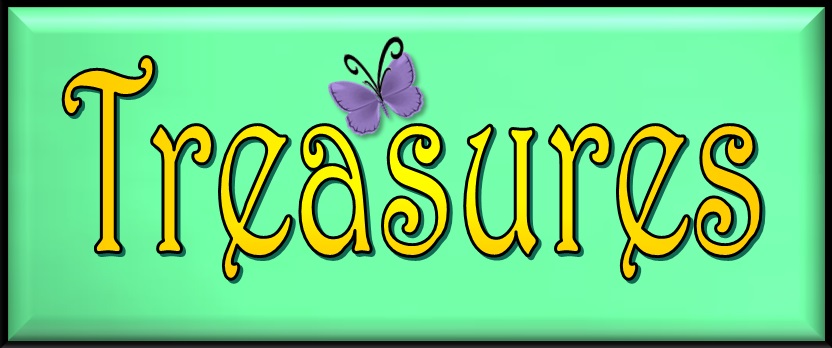


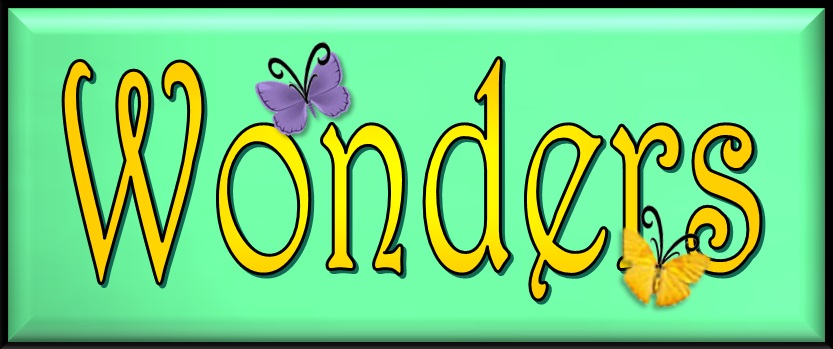
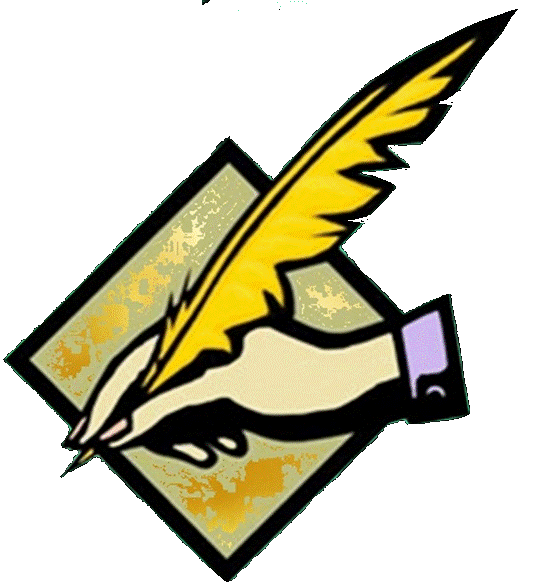 Return to the
Return to the